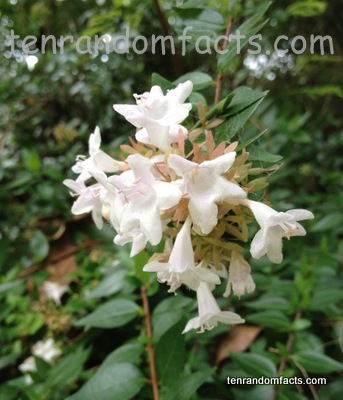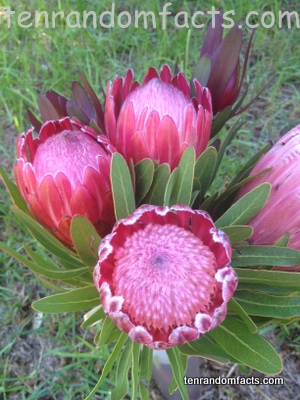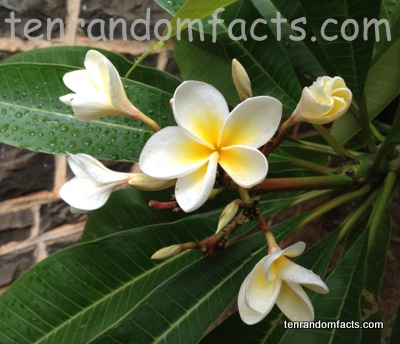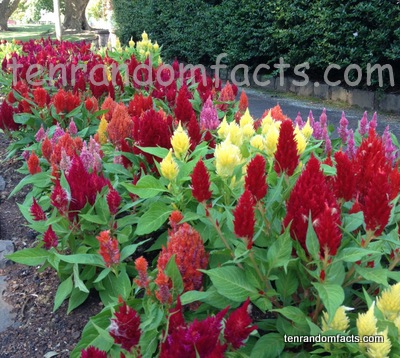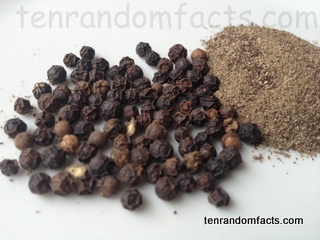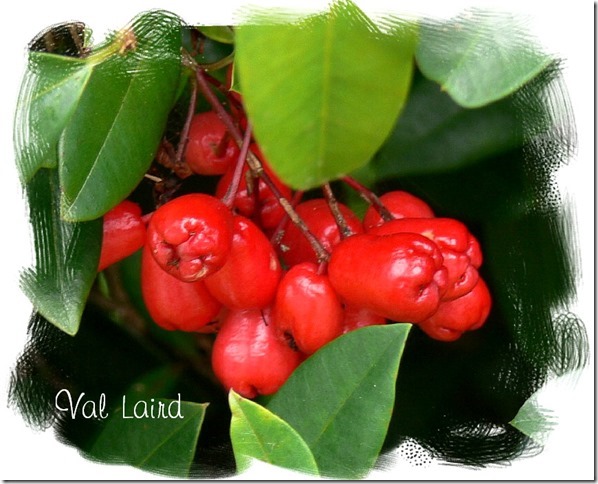
It is not a lily…
- Lilly pilly is also known as lillpilli, brush cherries and satinash.
- Lilly pilly is a flowering plant from the family Myrtaceae, the family of myrtles.
- Lilly pillies are split into three genera, Syzygium, Waterhousea, Acmena.
- Lilly pillies are evergreen trees and shrubs.
- Lilly pilly plants generally have white, fluffy flowers and produce small red, pink or purple fruit that are edible.
 Lilly Pilly
Lilly Pilly
Image courtesy of Val Laird
- Lilly pilly is native to Africa, South East Asia and the Pacific.
- Lilly pilly fruit is sometimes used in jams and jellies.
- Lilly pilly is sometimes confused with the eugenia species.
- There are 62 species of lilly pilly native to Australia.
- The lilly pilly psyllid is a pest that feeds on lilly pilly and causes pimples on the leaves.



